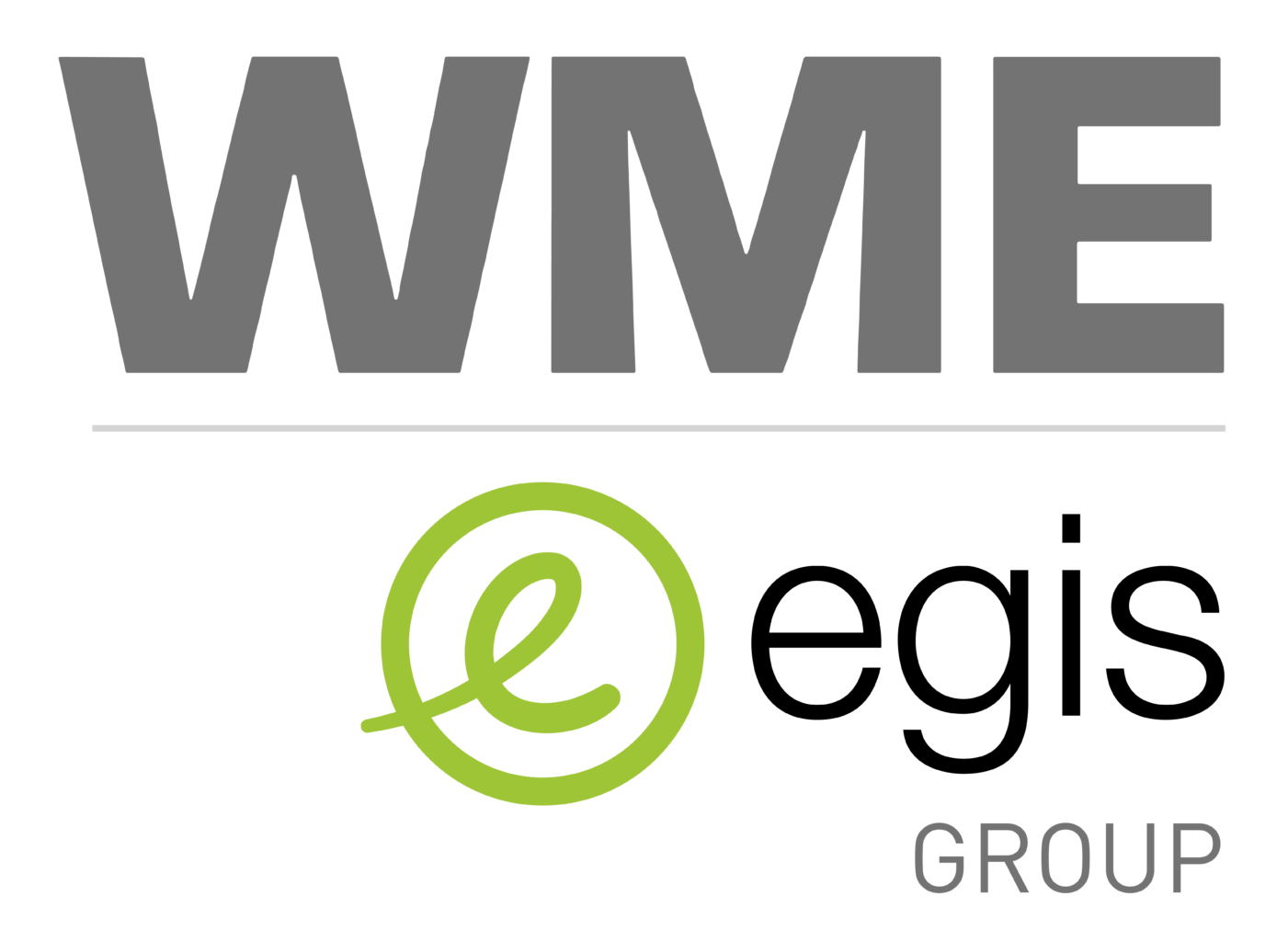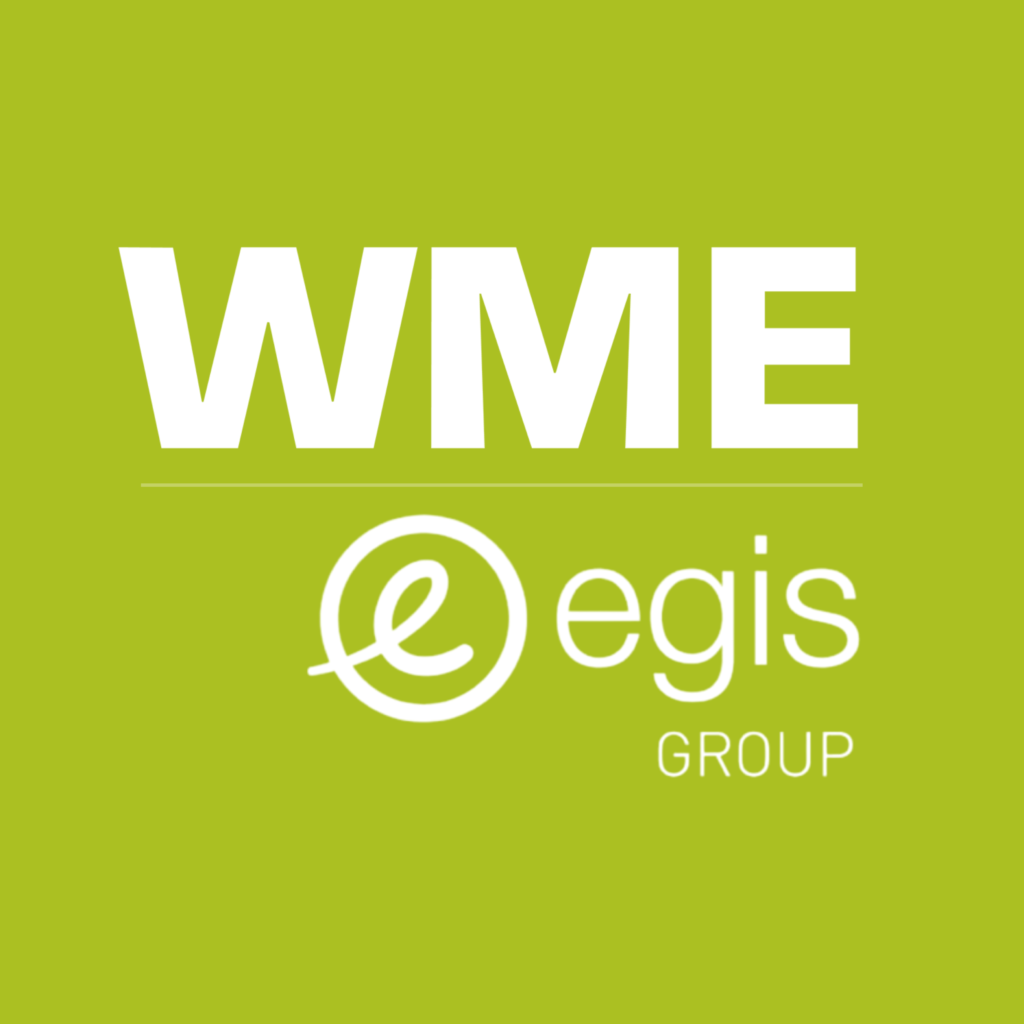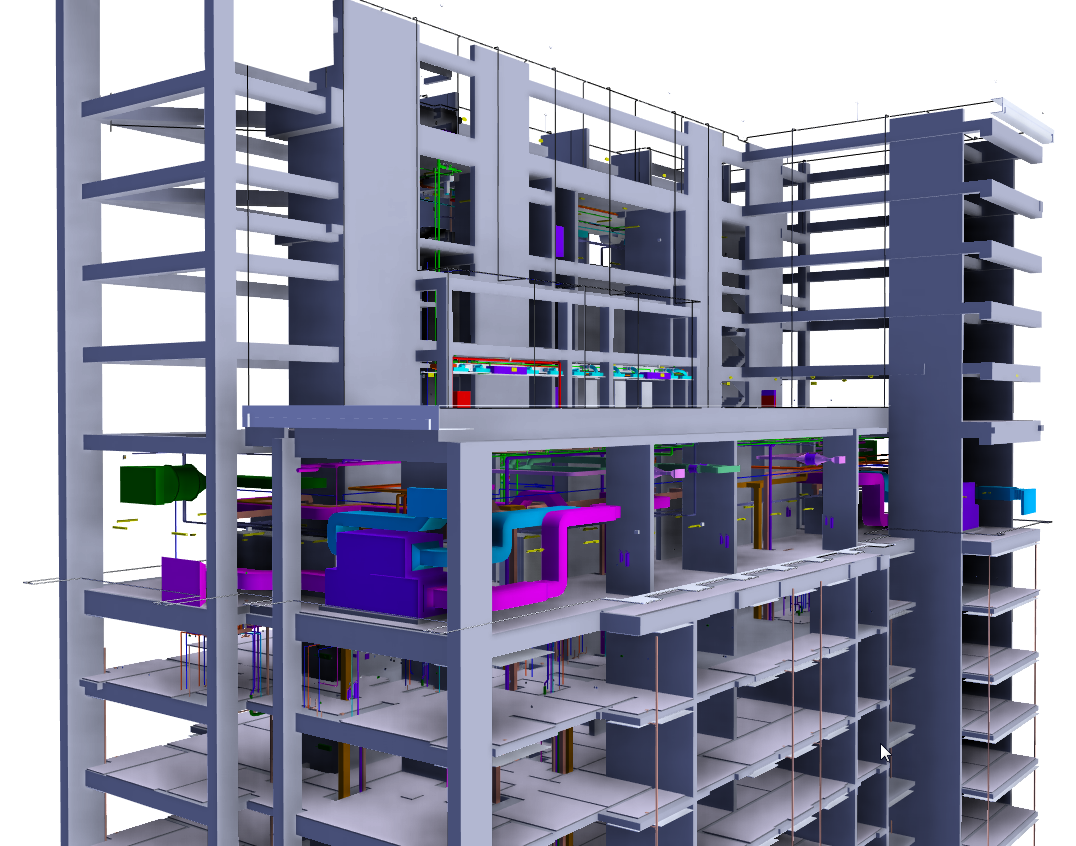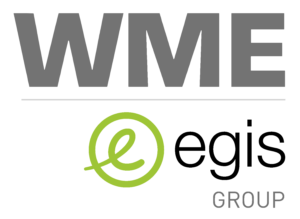At WME, our BIM portfolio includes malls, hospitals, mix-used high-rise towers, etc. We are also working on various Expo 2020 Pavilion projects where our aim is to deliver smart and intelligent 3D models where Industry Foundation Classes (IFC) data can be used throughout the project life cycle, from conceptual design through to operation and legacy.
“Identifying BIM goals and uses through quality design”
With a goal of quality design, reducing construction costs and eliminating field conflicts with less RFI’s onsite; 3D Coordination, Design Review and Drawing Production are the key BIM uses that are identified and deployed on almost every project that we deliver.
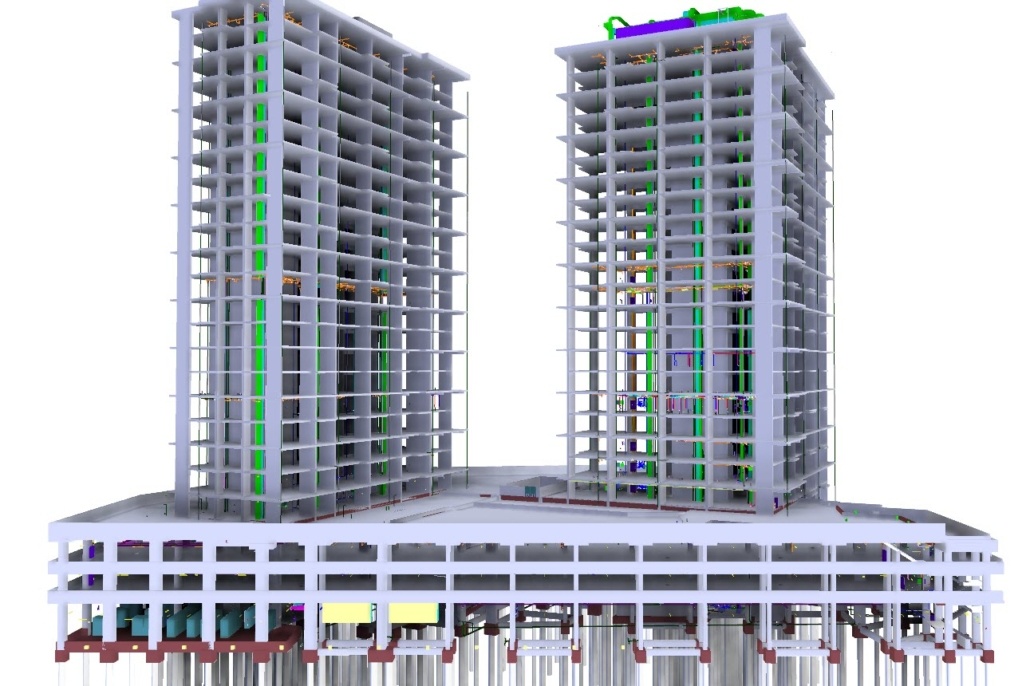
We use Digital Design Review processes, which helps to minimise the use of paper and with 3D review processes, it gives our engineers the strong understanding of how building/facility systems integrate with one another within the design phase itself. We’ve also developed in-house co-ordination processes, including a clash detection matrix, which facilitates Architects & Engineers to work together and prioritise elements from different trades in a sequential manner for clash resolution. This enables the project team to reduce any design conflicts between different trades and improve quality.
“Precision modelling of the finished product”
The WME BIM Team develops the LOD 300/350 models leveraging the virtual experience and optimising services coordination. This enables our design team to visualise potential constructability and accessibility issues in the design phase itself and before the project goes to site. This helps in reducing the number of RFI’s during construction.
LOD 300 models developed by WME can be easily further developed to LOD 400 and LOD 500 construction models. Our design documentation is enhanced with more information using 3D detailed views which helps increase project quality, productivity, efficiency and communication among all stakeholders at all stages of the project.
“The value and benefits of BIM are clear”
The value and benefits of BIM are clear for all involved. We see a clear demand for BIM services in the market but still it’s unclear what is expected by clients in terms of BIM. Employer Information Requirements (EIR’s) are not detailed enough or sometimes absent. Lack of understanding of BIM on the part of other stakeholders also sometimes creates a hurdle in the implementation of BIM as an actual use. In such scenarios, we at WME try to overcome these hurdles by conducting awareness about the technology and processes to the client project team.
“Not just limited to M”

BIM will not be just limited to “M” in the future. Modelling will become secondary to the importance of Information, or “I”, in the models which will be used throughout the project life cycle. It will not just be limited to design/construction phase. Instead of paper prints, hand held devices will be most commonly used on the job site with direct access to models. In the years to come, the BIM model-based information created will be used as a valuable resource for owners and operators, providing an efficient bank of information to control operation and maintenance tasks and all the relevant information about building service components.
Other WME News
- Congratulations to Purnachandra for achieving the Dubai Municipality Certification for Construction Engineering Services
- Congratulations to Rishad for his WELL Approved Practitioner Certification!
- Congratulations to Arshana for passing LEED GA certification exam!
- Congratulations to the new MIET members, Zeinab & Arshana!
- WME won two CBNME MEP Awards 2023
